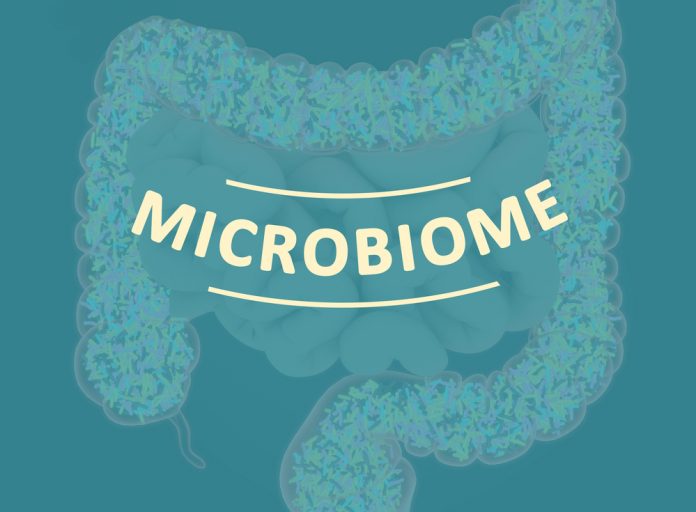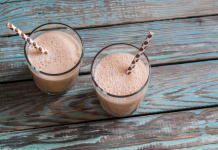
Many supplements and over-the-counter pills have packaging that states they have an “enteric coating.” What does that mean? And furthermore, what does it mean when it comes to probiotics?
What is an enteric coating?
An enteric coating is “a barrier applied to oral medication that controls the location in the digestive tract where it is absorbed.”
Read about understanding probiotics, profile of good bacteria
The term “enteric” refers to the small intestine. Therefore, medications or supplements with an enteric coating resist breaking down before they reach the small intestine, where they are absorbed.
Manufacturers use enteric coatings when the substance they wish to deliver to the body can be destroyed or inactivated by stomach acid, when it is especially irritating to the stomach mucosa, or when it’s beneficial for the substance to bypass the stomach because it will be better absorbed.
Enteric coatings were first introduced in 1884, with its composite materials evolving over the years. In 1930, shellac was used extensively to make the coating. But like most things, science has advanced dramatically since then. Researchers have found ways to use natural ingredients to provide the same protection. Look for Enteric Coating that states how it is made, and choose one made with natural ingredients.
Probiotics need to be protected
Beneficial bacteria, aka probiotics, are extremely susceptible to stomach acid and must be protected from their damaging effects. When you swallow something, it takes on average 60 minutes for it to make it through your stomach acid to your intestines. That means if you take a probiotic supplement, you better be sure it can withstand the harsh assault by your stomach acid (hydrochloric acid), which kills most of the bacteria, beneficial or harmful. Without protection, the probiotic supplement you take can die in your stomach and never reach its final destination—the small intestine—to do its assigned tasks.
Such protection is offered by enteric coating…and only enteric coating. Other supplements claim to offer similar protection but fall short when tested. The best enteric-coated probiotic supplements can safely withstand 60 minutes in stomach acid and then release gradually within the intestinal tract. You get live, healthy probiotics capable of effectively repopulating your intestinal flora.

Where’s the science on enteric-coated probiotics?
Numerous studies have shown that probiotic supplements that have an enteric coating are superior to those that do not. For example, the results of a 2018 study found that probiotic supplements that were not enteric-coated disintegrated within 5 minutes of being exposed to simulated stomach acid. However, the enteric-coated supplements didn’t disintegrate after 60 minutes of the same exposure.
Read about 8 reasons to take probiotics
How do enteric-coated probiotic supplements hold up against delayed-release probiotic supplements? In a 2017 study, researchers found that enteric-coated capsules were able to survive destructive stomach acid conditions, while delayed-release capsules did not fare as well. It’s no wonder that probiotic manufacturers are moving towards enteric coating.
How to choose your probiotic supplements
When you’re in the market for an effective probiotic supplement, keep the following factors in mind.
- Head to the store fridge for a supplement that is refrigerated. Probiotic supplements contain live cells that have been freeze-dried to preserve them until they are released into an environment where they can go to work. That environment should be your small intestine, not the inside of a bottle sitting on a store shelf.
- Choose a product that states it is enteric-coated. The coating should be plastic-free and made from vegetable-based, naturally sourced fatty acids. Read the label to ensure you are getting the real deal.
- Choose a multistrain probiotic that includes a variety of beneficial strains, including Bifidobacterium and Lactobacilli, the main beneficial bacterial genus found in the intestines and colon, with at least 10 billion CFU or colony-forming units.
Bottom line
 Probiotics can support a strong immune system, promote better digestion, and facilitate nutrient breakdown and assimilation within the small intestine. They help prevent bloating, gas, and indigestion. Yet they cannot provide any of these benefits if they don’t reach their target: the small intestine. Enteric-coated probiotic supplements allow beneficial bacteria to survive stomach acid and perform their tasks.
Probiotics can support a strong immune system, promote better digestion, and facilitate nutrient breakdown and assimilation within the small intestine. They help prevent bloating, gas, and indigestion. Yet they cannot provide any of these benefits if they don’t reach their target: the small intestine. Enteric-coated probiotic supplements allow beneficial bacteria to survive stomach acid and perform their tasks.
[Editor's Note: We love New Roots Herbal's line of probiotics because it is enteric coated and we know when we choose a quality brand like this that it will get into our small intestine to help our microbiome.]











